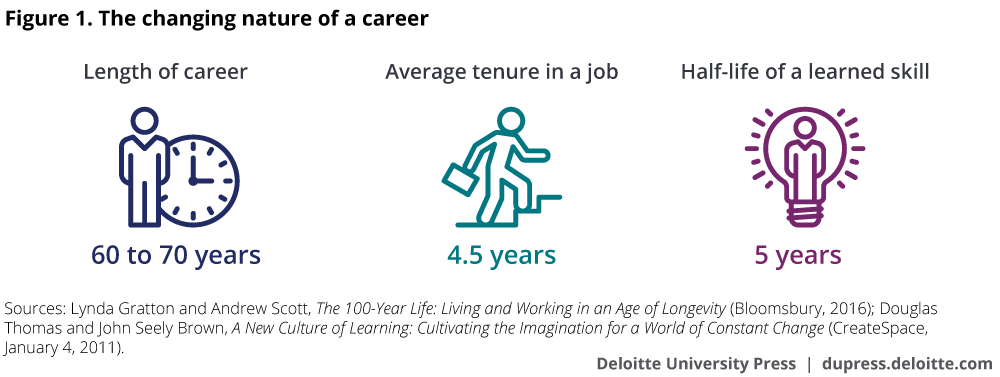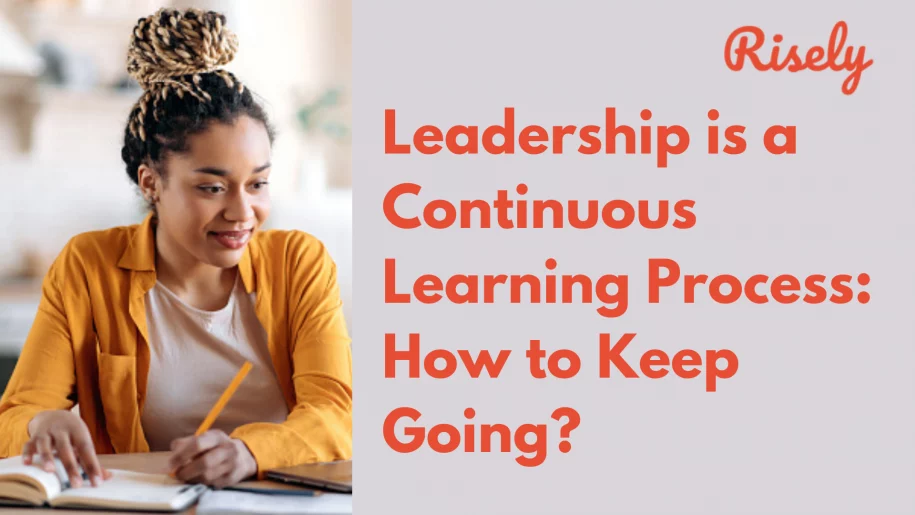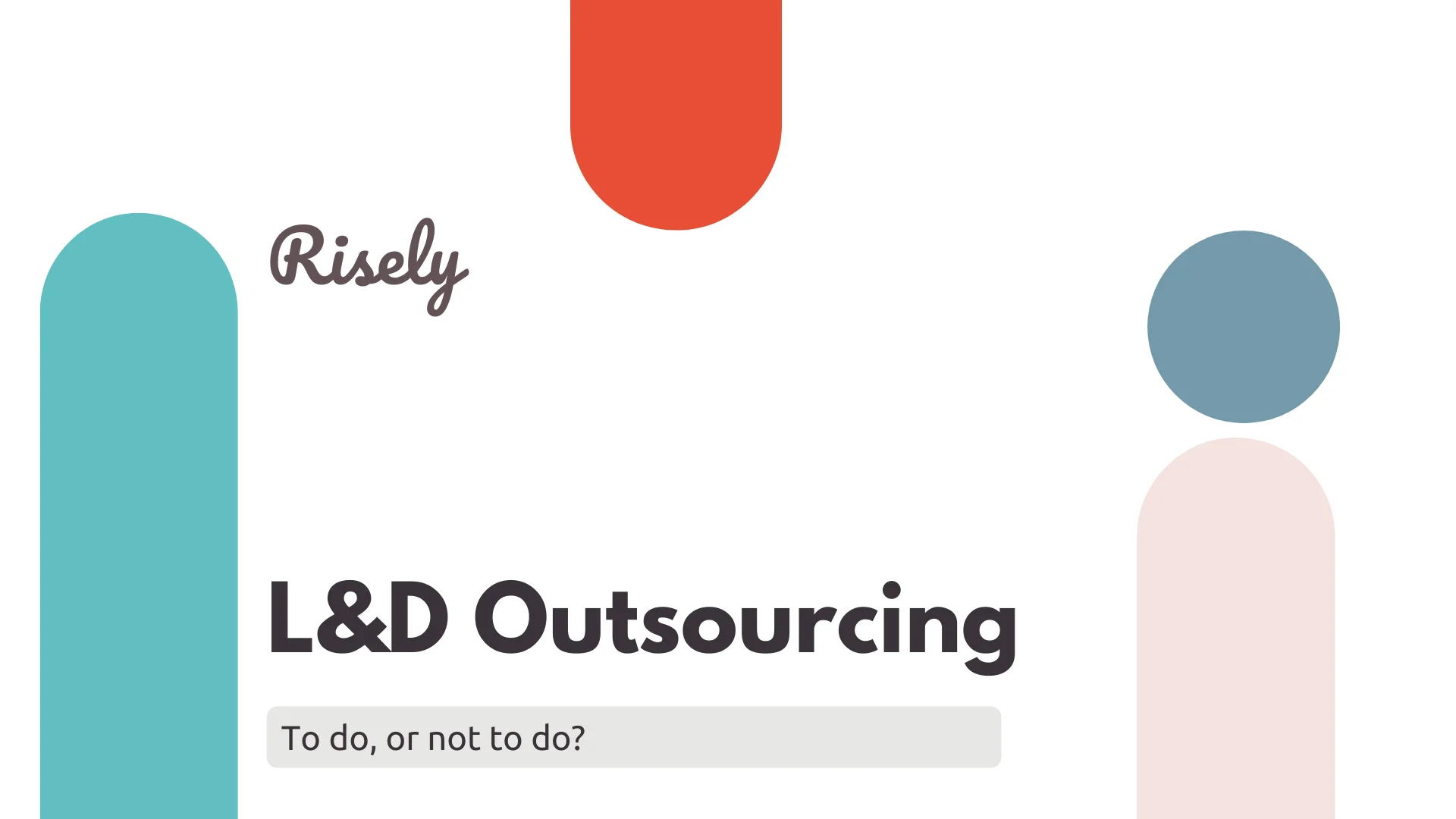Leadership is a Continuous Learning Process: How to Keep Going?
Leadership is not a destination but a continuous journey of growth and learning. Leaders must stay current with the ever-changing industry landscape, market trends, and, most importantly, their team’s needs. A leader who doesn’t learn continuously may soon find themselves left behind. In this article, we will explore the dynamics of leadership as a continuous learning process. We will explore why leaders must keep learning and how it can benefit personal and organizational growth. We will also discuss some critical considerations for sustaining a continuous learning process, including overcoming barriers to learning, integrating it into workplace culture, and measuring progress and performance. So join us as we explore how you can keep your leadership journey on track by embracing the power of continuous learning.Understanding How Leadership is a Continuous Learning Process
Becoming a leader might seem like the end goal. But it only masquerades as one! Leadership roles, even after years, bring a constant flow of unique situations and unforeseen challenges, owing to their consistency in the face of a rapidly changing world. As a result, a leadership role is akin to a vast classroom dedicated to the spirit of continuous learning. So let’s understand how leadership is a continuous learning process. Continuous learning is a critical component of effective leadership, and embracing a growth mindset is essential for leaders to improve their skills continually. Seeking out mentorship or coaching from experienced leaders, attending conferences, seminars, and workshops to learn from industry experts, and reading books and articles on leadership best practices and new trends are all ways to stay updated and hone one’s leadership abilities. In addition, reflecting on past experiences and seeking feedback to identify areas for improvement can also help leaders continue to grow and develop their leadership skills over time. By adopting continuous learning in leadership, leaders can stay relevant in an ever-changing landscape and maintain their competitive edge.What is the Concept of Continuous Learning in Leadership?
Leadership is a dynamic concept that involves constantly adapting to new situations. Continuous learning in leadership refers to the ongoing process of acquiring new knowledge, skills, and experiences that help leaders better navigate these changes. It involves adopting a mindset that seeks opportunities for growth and development rather than being content with the status quo. By prioritizing continuous learning, leaders can stay ahead of the curve and be better equipped to handle challenges that arise. This, in turn, allows them to inspire their team members to do the same and create a culture of growth within their organization.Why Leadership is a Continuous Learning Process?
Leadership is a continuous learning process because the dynamic nature of the business landscape demands constant adaptation and growth. Effective leaders recognize that staying relevant and impactful requires developing skills, knowledge, and perspectives. The ever-changing technological, economic, and social contexts demand leaders to be agile problem solvers, strategic thinkers, and adept decision-makers. Continuous learning allows leaders to remain at the forefront of industry trends, foster innovation, and navigate organizational challenges with resilience. It is about acquiring new skills, refining existing ones, and evolving leadership styles to meet the evolving needs of teams and organizations. In an environment where change is constant, embracing continuous learning is not just a personal commitment but a strategic imperative for leaders to inspire their teams, drive success, and sustain long-term organizational effectiveness.Other Interesting Reads
Why Should You Embrace Continuous Learning in Leadership?
There’s already so much to do as a leader, so why add more? Your question is genuine. However, continuous learning in leadership comes with enough benefits to justify the time and effort it seeks.Continuous Learning Keeps You Up-to-date
Effective leadership requires a commitment to continuous learning. Leaders must stay current with industry trends and best practices by constantly acquiring new knowledge and skills. It leads to personal and professional growth, improving critical thinking skills, and enhancing problem-solving abilities. Now, many of you would have received some form of training during the work. But here’s the thing: our world evolves quite rapidly right in front of our eyes. According to a Deloitte report, a learned skill’s half-life (time taken for quality to reduce to half of original) is only five years! So your skills are not so future-proof. Instead, there is a consistent need to update and upgrade. Investing in continuous learning can help leaders adapt to changing circumstances, lead their teams successfully, and achieve long-term success.
Enhances Your Leadership Capabilities
When leaders continuously learn, they develop new and improved existing skills, leading to better decision-making and problem-solving abilities. At times, even the best of training can look over a few things – continuous learning in leadership saves you from this trouble by ensuring that you are always on top of the new things happening. Additionally, continuous learning helps leaders adapt to change, navigate complex situations more efficiently, and set an example for their team members to do the same. All these factors contribute to improved efficiency in leadership roles.Boosts Personal and Organizational Growth
Continuous learning fosters adaptability and flexibility in leaders. As you encounter new challenges and opportunities, ongoing learning enables them to adjust their leadership style, problem-solving approaches, and decision-making processes to meet the evolving needs of the organization. Finally, as leaders set an example for their team members by prioritizing continuous learning, they create a culture of growth and development, leading to higher employee engagement, retention, and overall success for the team, translating into professional success.Key Considerations for Sustaining a Continuous Learning Process
As the saying goes, “Leadership is a journey, not a destination.” Sustaining continuous learning as a leader can be challenging, but it’s necessary for personal and team growth. It’s essential to embrace a growth mindset and prioritize learning and development. Creating a personalized learning plan that aligns with your goals and interests is crucial. Seeking out new challenges and opportunities to learn from experiences can help you grow as a leader. Connecting with mentors, coaches, or peers who can offer guidance and support is also vital. Regularly reflecting on progress and adjusting strategies to continue moving forward in the learning process can ensure sustained growth as a leader.Overcoming Barriers to Continuous Learning in Leadership
In today’s fast-paced work environment, it can be challenging for leaders to find the time and motivation to engage in continuous learning. Some common barriers to continuous learning in leadership can be:- Lack of time amid hectic schedules
- The absence of in-depth expertise and content
- Unavailability of compatible guides
- Difficulty in retaining and applying the knowledge
How Can You Integrate Continuous Learning for Leaders into the Workplace Culture?
To foster a culture of continuous learning in the workplace, leaders must employ various techniques that integrate professional development into daily operations.- Encourage social and peer learning: Mentorship programs that pair experienced employees with newer ones to share knowledge and experience are a great way to keep learning going. More modes of mentorship such as remote mentoring, reverse mentoring and peer coaching can be added.
- Add more value on the job: Job rotations allow team members to learn new skills and gain exposure to different aspects of the business.
- Keep things quick: Just-in-time training can help ensure that you have the skills that you need, right when you need them. On-the-job training is another technique that enables employees to learn from their daily tasks and challenges.

Measuring Progress and Performance in a Continuous Learning Environment
Setting clear goals and objectives is essential to measuring progress and performance in a continuous learning environment. It allows individuals and teams to understand what they need to achieve and provides a roadmap. Regular evaluation of progress against these goals helps to identify areas where improvement is needed, and feedback from peers, mentors, or coaches can be valuable for improving performance. Additionally, data-driven approaches such as analytics or surveys can help track progress and identify areas for further development. By creating a culture of continuous learning and growth within the organization, leaders can sustain a commitment to ongoing learning that benefits both individuals and the organization. However, finding the right coach remains one of the biggest challenges for continuous learning in leadership. Risely offers a great solution to this and 30+ other everyday leadership challenges to help managers become the leaders they want to be! Risely combines expertise with a fantastic learning experience through customized learning journeys that weave your challenges into adaptable milestones. Deloitte points to the present as an excellent opportunity for the L&D function to shine and reinvent. As the traditional scope is dying down, there is an unprecedented space to take over as the intelligence assistants and guides that unleash a new way of working for organizations. Are you an L&D leader willing to take charge and aim for the first spot? Set up your free account on Risely today and uplift your organization.Conclusion
Leadership is not a destination; it’s a journey of continuous learning. Embracing the concept of continuous learning can enhance your efficiency as a leader and drive personal and organizational growth. It’s crucial to overcome the barriers to continuous learning and integrate techniques that suit your workplace culture. Measuring progress and performance in a continuous learning environment ensures you are on track. Remember, leadership is not a one-time achievement but an ongoing process.Are you ready to grow and become the leader you want to be?
Get ready to unleash your true potential with the right ideas leading you! Grab a free copy of the growth mindset toolkit now.
FAQs
Why is leadership a continuous process?
Leadership is a continuous process because it requires ongoing learning, growth, and adaptation. As the business landscape and organizational needs evolve, leaders must continually develop new skills and approaches to effectively lead their teams and achieve business goals.
Is leadership development a continuous process?
Yes, leadership development is a continuous process. Effective leaders must continually develop new skills, knowledge, and perspectives to adapt to changing business environments and effectively lead their teams. This requires ongoing learning, feedback, and self-reflection.
What is the process of continuous learning?
The process of continuous learning involves regularly seeking out new knowledge, skills, and experiences to improve one’s professional capabilities. This can include attending training and development programs, seeking mentorship opportunities, reading industry publications, and soliciting feedback from colleagues. By continuously learning and growing, individuals can stay current in their field and develop new perspectives and approaches to solving problems and achieving their goals.
Other Related Blogs
To Do or Not To Do: Learning and Development Outsourcing
To Do or Not To Do: Learning and Development Outsourcing Learning and development teams have a lot to do. However, your bandwidth is often limited. As teams rapidly expand, evolving…
How To Capture Hidden Learning Needs At Work?
How To Capture Hidden Learning Needs At Work? Learning and development are critical to professional success. It is not just yours but that of your team when your job role…
How To Build Learner Personas For L&D? Free Template
How To Build Learner Personas For L&D? Free Template For every learning designer, the root question is who will use this content. All your actions to ensure that the learning…
Think Of These 4 Trends In Your Corporate Learning Strategy
Think Of These 4 Trends In Your Corporate Learning Strategy Think of corporate learning, and the picture in your mind brings the worst of two worlds together: But the story…


